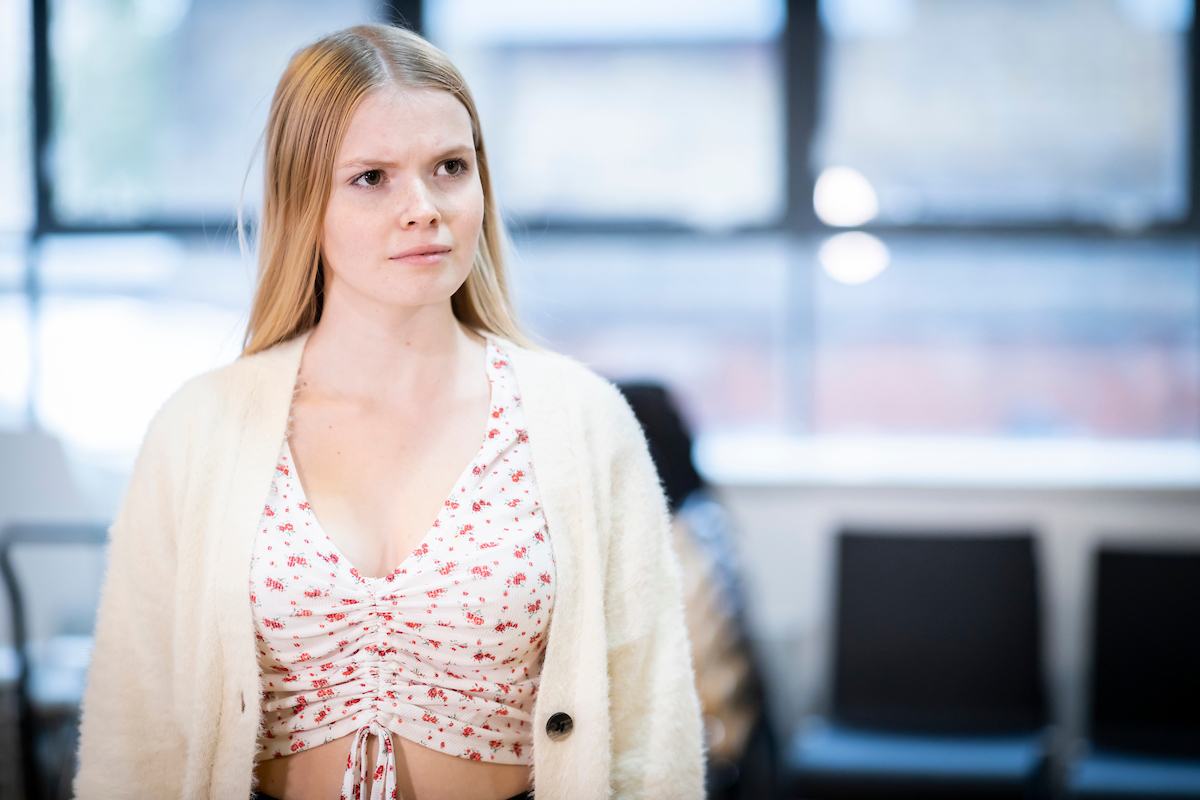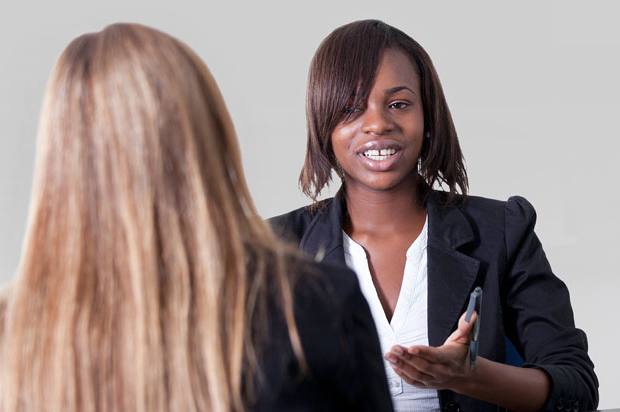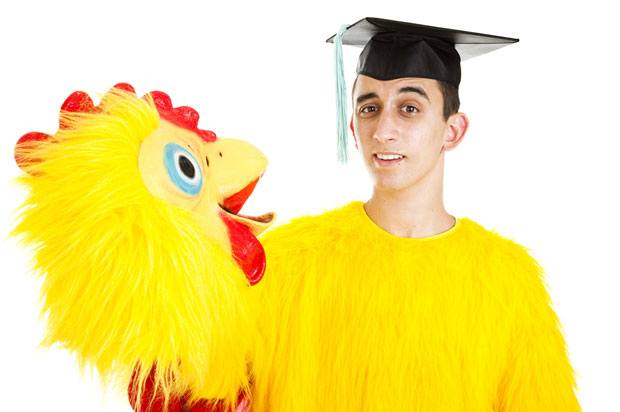Interview body language tips
So you're not drunk and you've made the effort to polish your shoes. Brilliant start. But that’s not the end of it. Your body language at a job interview is important too. Here’s some tips on interview body language so you can make the best impression on your future employer.

What is body language?
Put simply, this is everything you do except speaking. That’s why it’s also known as ‘nonverbal communication’, or ‘nonverbal cues’. This can be anything from your facial expressions to a wobbly knee. And good interview body language an essential part of the interview process.
What is good body language for an interview?
In every single one of the potential career paths, positive interview body language shows that you’re confident, focused and interested. By extension, the interviewer will think you’re being truthful, honest and that you’re trustworthy. If you want to achieve this, you have to consider:
- The way you shake hands with your interviewer
- How you smile at them when you walk in
- The way you sit in your chair
- Your posture throughout the whole interview
- The amount of time you maintain eye contact with your interviewer
- Your facial expressions and hand gestures
- The final handshake and smile (always remember to smile) at the end of the interview
- The way you leave the interview room and building
How to make sure you have good body language
Before we begin, we should add a small disclaimer; your body language can get real awkward, real quick if you get too in your head about it. Instead, you should primarily focus on making a good impression and being polite. Basically, just give it your best shot and the rest will fall into place.
Having said that – we’ll give a few body language tips, in case you’re interested. To start, make sure you stand up straight and meet them with a nice firm handshake – though not a bone-crusher – and friendly smile: this’ll show your confidence and openness. Then…
How to sit in an interview
How to sit in an interview may seem like a simple question, but it’s like an ogre that’s like an onion. It’s got layers.
First, you want to wait for the interviewer to show you to your seat. Once they’ve sat, follow their lead and sit down in an open posture. And whatever you do, just don’t cross your arms as this will seem defensive and closed off. Make sure to maintain eye contact and a friendly smile to give the right impression.
Now onto the legs. Crossing your legs might seem a little too relaxed, unless the interview slips into more of an informal chat. Then this’ll demonstrate that you’re at ease and focused. Either way, make sure you’re sitting properly in the chair– no slouching while answering interview questions! It’ll help you and the interviewer feel comfortable. Plus, it has the added benefit of showing respect.
Make hand gestures to emphasise your points when answering, leaning in slightly, to show your commitment and enthusiasm. This is also a good way to engage your interviewer/the hiring manager and make sure you’re speaking directly to them. Although hand gestures and moving around do come with a word of warning; don’t lean in too far or gesticulate too wildly – it might put them off!
Don’t forget, this advice applies to all types of job interview, even if it’s a zoom interview!
How to sit in a virtual interview
You might be thinking ‘why the hell would I need body language over the internet?’. Well, in all likelihood interviewer is still looking at your body language during virtual interviews via Zoom or Teams.
The interviewer might not be able to see your whole body, but you should still make sure you sit up straight as if you were in an in-person interview. Put yourself in front of a plain background with no distractions and sit in the centre of your camera’s view. You should also try to look directly into the camera whilst talking, this will give the impression of looking directly at the interviewer, which will make it feel more personal. Oh, and don’t forget to turn on some lights so your video looks nice and clear.
Facial expressions in an interview
Keep your facial expressions in tune with what the interviewer’s saying. If they’re talking about a serious issue, e.g. health and safety, your expression needs to match the seriousness of the issue. And if they’re explaining the company’s social events, you should be a bit more relaxed and even crack a smile accordingly.
One of the most important things throughout the interview is to maintain eye contact with your interviewer. This’ll help you establish a rapport with them. We’re not saying that you need to stare, unblinking into their inner soul. Just try to keep your line of sight focused for long periods of time, and nod when they’re talking to show you’re listening.
We should also mention that if you need time to think before you answer, it’s fine to look away, slightly upwards and into the distance. In fact, this’ll actually show you’re properly considering your answer, rather than coming back with any old reply.
Need some more tips? Check out this article on how to interview for a job.
How to act at the end of an interview
When the interview is over, shake your interviewer’s hand firmly, smiling and looking directly at them. Just make sure they’re comfortable with it beforehand given the recent global pandemic and all. Then thank them, and leave with confidence.
Wait until you’re safely out of the building and around the corner before either punching your fist into the air with joy, or throwing yourself to the ground in despair. After that you can call your best mate and get yourself a well-deserved Greggs. And if it doesn’t work out, don’t panic, read our tips for staying motivated and you’ll land on your feet before you know it.
Next Steps
- Chat about this subject on our Discussion Boards.
By Nishika Melwani
Updated on 11-May-2022
No featured article














